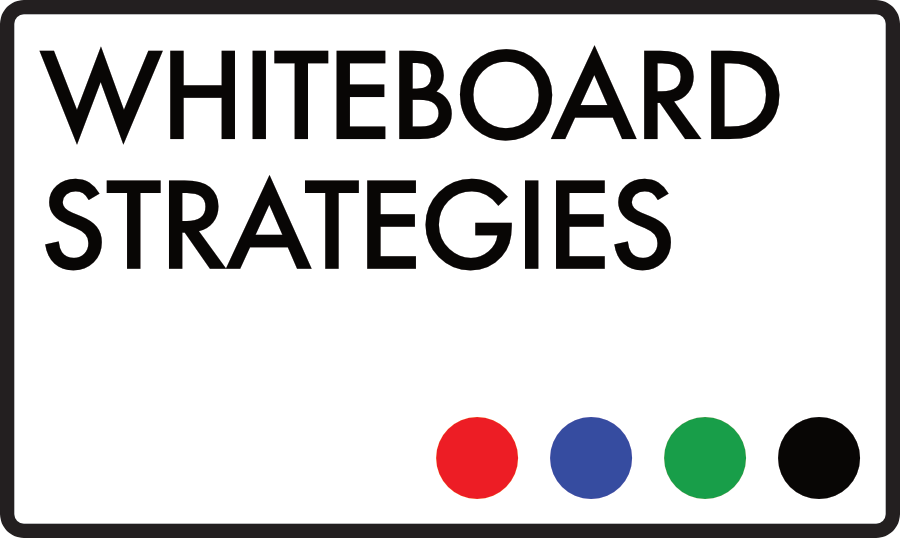I was reading recently that from Ivy League universities to local Sixth Form colleges, and primary schools to apprenticeship providers, teachers are reporting difficulties in maintaining student interest. It’s happening irrespective of teaching quality or student aptitude—learners are bored and unengaged.
Sound familiar? It’s the same problem that plagues unengaged workforces around the world.
… And I’m wondering if the key is teaching visual literacy, consistently and from a young age.
– We know that humans have a massive genetic and physiological bias towards communicating, understanding and retaining information visually.
– We know that over 60% of people are visual learners.
– We know that the brain processes images 60,000x faster than text.
– We know that people remember 80% of what they see, vs. just 10% of what they hear.
So why haven’t those facts been embraced by institutions that depend on people absorbing, retaining and using the information they are given in order to succeed?
Because being good with the written word is still the golden ticket through school, through university, and into the workplace… but what then?
Doodling, sketching and other simple visual scribes can be hugely valuable tools, but always play second fiddle to text. You can use graphs, sketches or flow charts to supplement the wall of text you’re using to try to explain a complex idea, but not to communicate it.
But it can’t be a coincidence that those industries that consistently make giant leaps forward—mobile tech, IT, robotics and more—are the ones that use whiteboards, doodles and diagrams to communicate their ideas.
In his 2014 book The Age of the Image: Redefining Literacy in a World of Screens, Stephen Apkon claims that the age of ‘typographic man’ is coming to an end. He points out that we live in an age of screens, images and endless visual information, and that the cutting-edge tech that has built this age has done so by tapping into something very old and primal in us. At our core we are hardwired to communicate visually.
So, shouldn’t we be teaching visual literacy in schools to at least the same level as we teach literacy in the written word? Shouldn’t we broaden the common understanding of the word ‘literacy’ to include visual literacy?
Want more free insight direct to your inbox every month? Use the newsletter sign up form in the footer of this page, and don’t forget to connect with Mark on LinkedIn to talk sales, socialising and sharing ideas, visual comms and more.
– Tom @WSL

Recent Comments